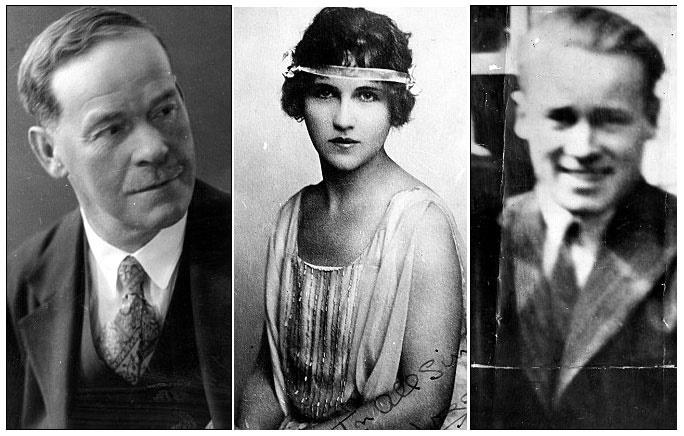
A Violent Murder
One of the most famous architects in British Columbia history, found in the sitting room of his England home with his head bashed in. Who is to blame? His wife, a scandalous woman, later painted as a sexual predator? Her 18-year-old lover, passionate but ultimately clueless?
It is a murder that has had people whispering and speculating for decades.
What really happened to Francis Rattenbury that day in 1935? Only his ghost knows for certain.
Early Years
Francis was born in 1867 in Leeds, England. He began his architect career in 1884, but left his home shores for the new Canadian province of British Columbia in 1891.
Upon his arrival in Canada, Francis learned the province was hosting an architectural competition to construct the new legislative building in Victoria. He entered, signing his work under the pseudonym “BC Architect,” and ultimately won.
Despite problems with the construction and going $400,000 over budget, his success in the competition and the completion of the impressive new legislative buildings earned Francis more contracts in Victoria and across the province, including the Empress Hotel in Victoria, and into Alberta with the Chateau Lake Louise near Banff.
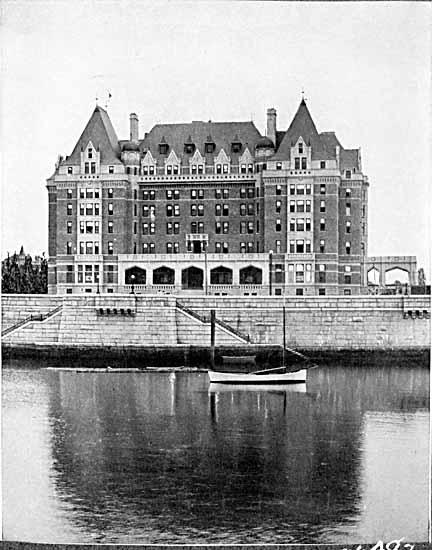
Although Francis rose to fame quickly, it disintegrated just as fast. Demand for his architecture style started to wane.
After winning the competition for the legislative buildings, Francis poured his money into several financial ventures. Many were profitable, but his luck would sour following the First World War. He was commissioned to do renovations on the legislature buildings, and while that kept him afloat, he turned to drinking as a cure for his depressing state.
A Starlet Named Alma
Burdened by financial stress and amidst conflicts with his business partners, Francis’ personal life took a fateful turn. He took on a project to build the Crystal Gardens, which gave a jolt to his career and his pocketbook, and also introduced him to someone new.
In 1923, Francis left his wife, Florence Nunn, and his children, Frank and Mary, for Alma Pakenham – 27 years old and already on her second marriage.
Alma was born in Kamloops, B.C., in 1895. She was a gifted musician and songwriter – so gifted, in fact, that she played two different concertos with the Toronto Symphony Orchestra when she was just 18 years old. She served as a war nurse, and her first husband was killed in 1916 at the Battle of the Somme. After the war, Alma married Thomas Pakenham but the relationship ended in a nasty divorce.
Alma had been in Victoria to give a concert and had just finished a recital at the Empress Hotel. Francis was there for a dinner thrown in his honour to celebrate the Crystal Gardens project when a mutual acquaintance introduced them.
After Alma moved to Victoria, a relationship quickly developed between the two.
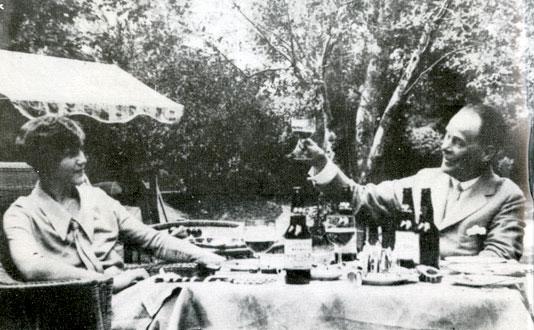
A Cruel Affair
Alma was a villain the gossips in Victoria could really sink their teeth into, and her scandalous behaviour only fueled the fire. Not only did she entrap the successful and well-known married architect, but their affair was less than discreet. Eventually Francis left his wife to pursue Alma. When Florence refused Francis’ request for a divorce, he retaliated by entertaining Alma at his house, forcing his wife upstairs.
Francis’ cruel mistreatment of Florence, which also included having the lights and heat shut off in their home after he left, led former clients and associates to turn away from him. He was never well-liked, but always well-respected. Francis’ dazzling career crashed and burned. The children he had with Florence refused to have any kind of relationship with their father. With nothing left for Francis in Victoria, the couple moved to England with their young son and settled in Bournemouth.
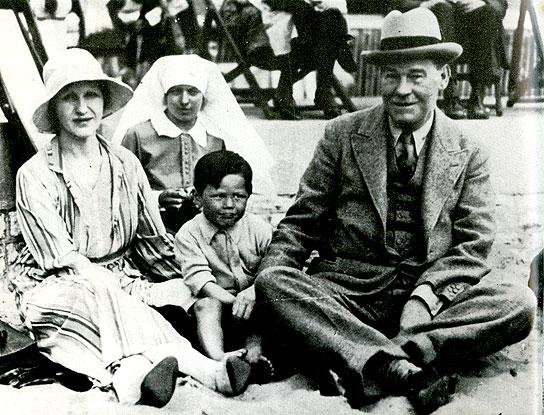
Francis’ financial troubles persisted in Bournemouth and caused his relationship with Alma to fall apart. He couldn’t find work in his field and his alcoholism and depression, along with his advancing age, contributed to their demise. Alma, not yet 40 years old, wasn’t happy with life in a sleepy, seaside town, where there was no hope for advancing her career. In her true dramatic style, she began an affair with George Percy Stoner, the family’s 18-year-old chauffeur. Before coming to live in the Rattenbury home, George had lived a sheltered and mostly friendless life with his parents.
The Jealous Lover
George was young and naive, with emotions building towards Alma that surprised her. George was jealous of Francis and had a hard time coping with the love triangle he was in. To make matters worse, Alma took him for a romantic weekend in London, but when they returned, he had to go back to being the chauffeur – condemned to a life he didn’t want to lead, in pursuit of a woman he might not be able to keep.
When Alma and Francis decided to go on an overnight trip, George hit his breaking point. He claimed Alma would sleep with Francis again and try to rekindle their marriage. Although Alma denied it, George wouldn’t let it go.
In the early hours of March 23, 1935, in the sitting room of the Rattenbury’s seaside home, Alma found Francis, moaning with severe head injuries. He had sustained a series of blows from a carpenter’s mallet, enough to remove the back of his skull. Irene, the Rattenbury’s housekeeper, called for the doctor.
Francis died a few days later.
A Public Trial
The police questioned everyone and both Alma and George were charged. Alma initially confessed to the murder, but later denied it when she testified in court.
The trial was all the rage. The public lined up to get a seat and the press had a field day. Alma’s testimony was the highlight, and she handled the questions with poise. Her testimony laid the blame on George. Alma was acquitted, but booed by the crowds outside the courthouse. George was ultimately convicted of murder (he didn’t give any evidence in his defense) and was sentenced to death. George had admitted to the housekeeper that he had killed Francis while high on cocaine.
Only a few days later, convinced that her lover was going to be hung, Alma stabbed herself in the heart six times before tumbling into the River Stour.
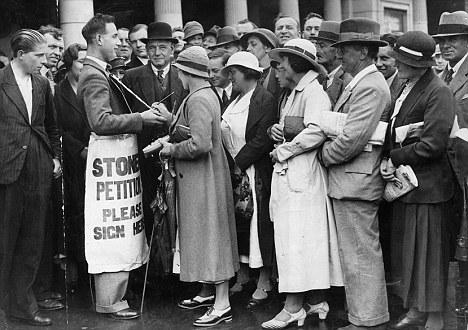
Members of the public felt Alma, who they were labelling as a sexual predator, had manipulated George. Over 300,000 people signed a petition to have his death sentence reduced to life in prison and his life was spared. He only served seven years before he was released early to serve in the Second World War.
Stoner’s Later Life
George married in 1944 and fathered a daughter in 1948. He and his wife spent the rest of their days in the Bournemouth area and he died at Christchurch Hospital in 2000.
In 2014, The Globe And Mail interviewed Ross Crockford, author of Victoria: the Unknown City, who said, “The tale remains compelling, a combination of the extraordinary cast of characters and the fact that the verdict was never fully accepted.”
As Victoria’s most celebrated architect, the city, as it is known today, wouldn’t exist without Francis’ influence.
“What intrigued me,” said Ross, “after this extensive trial and decades later, still questions are being asked about what actually happened. Reporters kept going around to visit George Stoner for years after.”
Some decades later, George made a statement to a reporter from The Bournemouth Daily Echo. He didn’t clarify anything, but he did spark the interest of those who haven’t been able to let the case rest. “The whole crime was committed on an emotional basis,” he said. “Both I and the lady involved were in a highly emotional state.”
George took the truth to his grave.
A story of sex, drugs and betrayal, this murder mystery is still studied by law students today and is a popular story in the haunted walking tours of Victoria. The case was the basis of the radio and stage play Cause Celebre, written by George F. Kerr, and was also aired on TV in 1958 and 1987.
Francis Rattenbury’s Famous Works
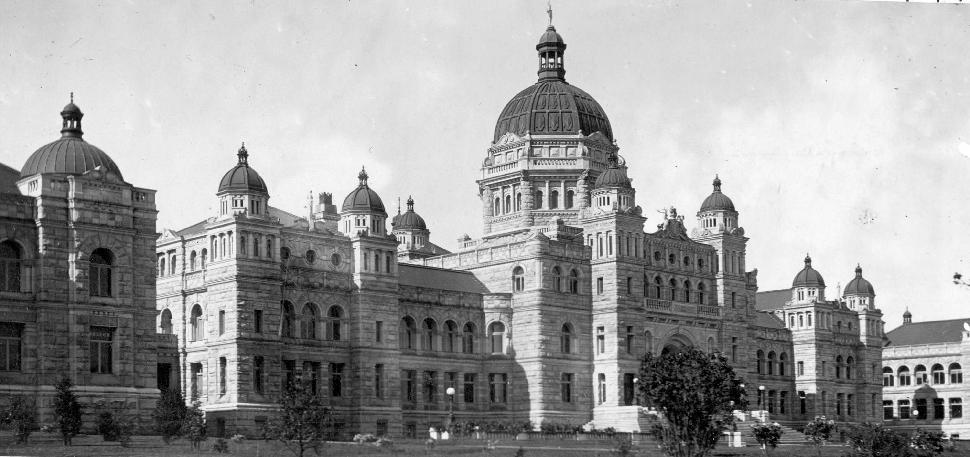
British Columbia Parliament Buildings, Victoria, B.C.
Empress Hotel, Victoria, B.C.
Canadian Pacific Railway Steamship Terminal, Victoria, B.C.
Burns Manor, Calgary, Alta.
Vancouver Art Gallery (formerly the court house), Vancouver, B.C.
Chateau Lake Louise, Lake Louise, Banff, Alta.
Mount Stephen House, Field, B.C.
Nanaimo Court House, Nanaimo, B.C.
Crystal Garden, Victoria, B.C.
Today
Both of Alma’s sons went on to live long and happy lives, with families and professional careers. John, the son of Francis and Alma, became an architect. In 1998, he was invited back to Victoria for the 100th anniversary of the legislature, his father’s building. The festivities showed that the old scandals had been forgotten and that Francis Rattenbury was a celebrated name in Victoria’s history. Oak Bay, in particular, was shaped by Francis’ work. Afterwards, John described the experience as a personal “closing of a circle, and the highlight of my life.”

